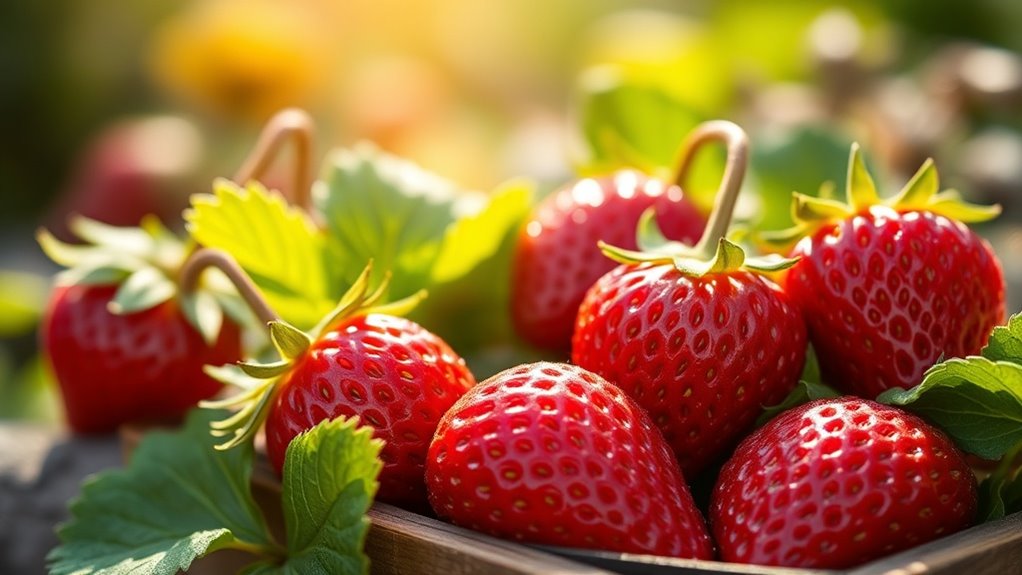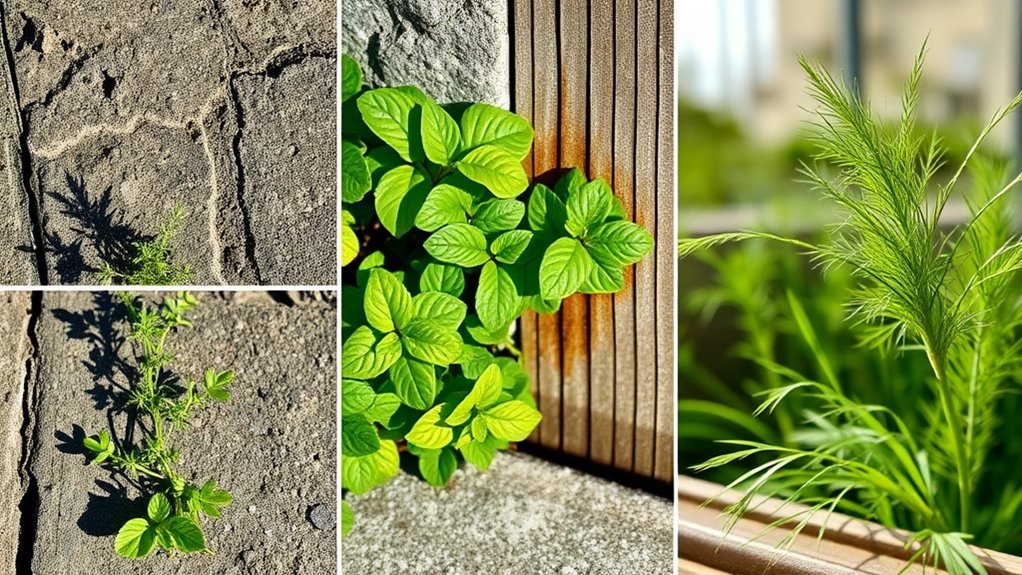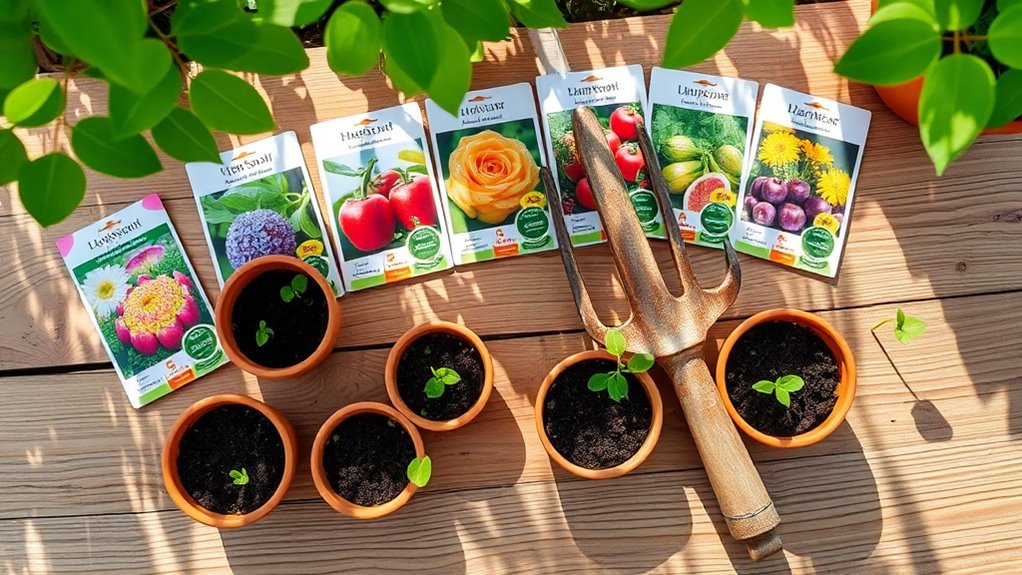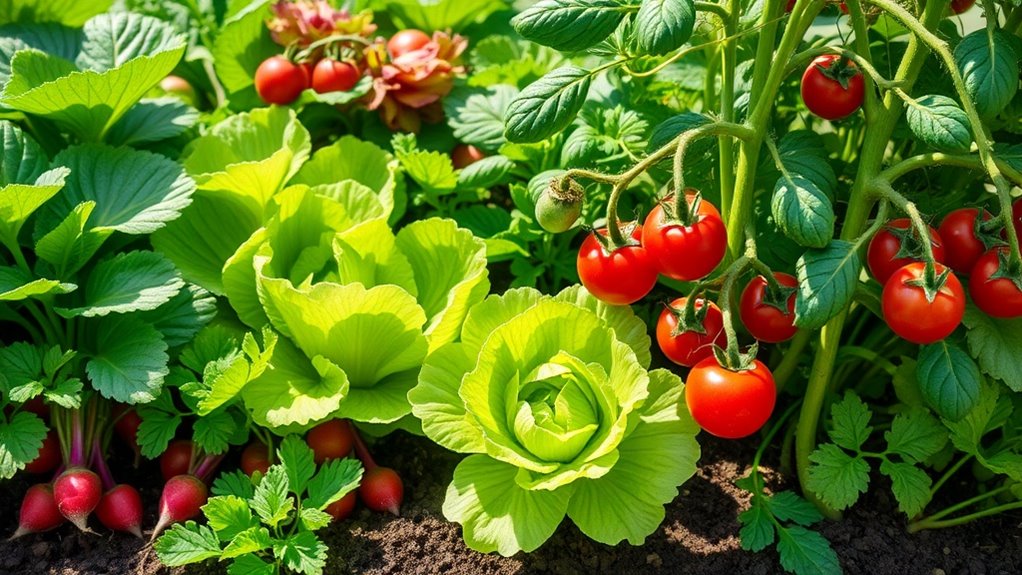How to Get Juicy Strawberries From a Small Container
Growing juicy strawberries in a small container presents both a challenge and an opportunity. While limited space can hinder typical growth, selecting the right varieties and following precise cultivation techniques can yield fruitful results. Understanding soil composition, container size, watering, and pest management is crucial for success. Are you ready to explore the critical elements that will transform your container strawberries into a bountiful harvest?
Selecting the Right Strawberry Varieties
When choosing strawberry varieties, understanding the different types can significantly influence your success in growing juicy fruit.
For container strawberry growing, select everbearing or day-neutral varieties, as they yield fruit throughout the growing season and adapt well to confined spaces.
Research specific cultivars known for their disease resistance and flavor profiles to ensure optimal production and taste in your limited environment.
Ideal Soil Composition for Container Growth
To maximize the health and yield of your container-grown strawberries, you’ll need a soil composition that balances drainage, aeration, and nutrient retention.
A mix of 50% high-quality potting soil, 30% perlite for drainage, and 20% compost provides an ideal environment. This combination facilitates root development while ensuring essential nutrients and moisture are available, promoting vigorous growth and fruit production. Additionally, choosing varieties like day-neutral strawberries can further enhance your success in small spaces.
Optimal Container Size and Drainage
Selecting the right container size plays a pivotal role in the successful cultivation of strawberries.
Aim for a container with a minimum volume of 2 gallons to provide adequate root space. Ensure it has drainage holes; stagnant water can lead to root rot.
A well-draining substrate further promotes healthy growth, supporting optimal aeration and nutrient absorption for robust strawberry plants. Additionally, utilizing vertical gardening techniques can maximize your growing space and yield.
Watering and Fertilization Techniques
While proper watering and fertilization techniques are crucial for healthy strawberries, understanding the specific needs of the plant can significantly enhance fruit quality.
Implement a consistent watering schedule, ensuring soil remains moist but not waterlogged. The ideal watering schedule can vary based on factors such as temperature, humidity, and the type of soil used.
Use a balanced fertilizer, such as a 10-10-10 NPK ratio, to provide essential nutrients at appropriate growth stages, boosting both yield and flavor in your strawberries.
Pest and Disease Management Strategies
Effective pest and disease management is crucial for achieving the highest quality strawberries, with integrated strategies offering significant benefits.
You should regularly monitor plants for signs of aphids, spider mites, and fungal infections.
Implement biological controls, like beneficial insects, and use organic fungicides when necessary.
Additionally, practicing crop rotation and maintaining proper sanitation can greatly reduce disease incidence, ensuring healthy, productive strawberry plants.





